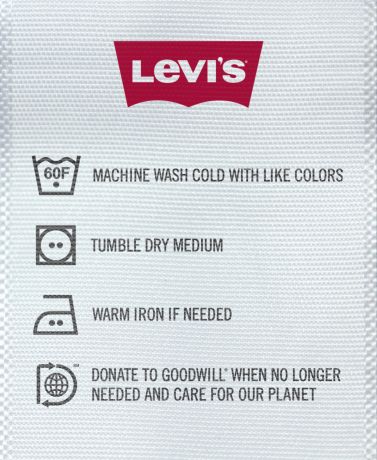Corporate Giving from the Front Lines
/ The holiday season is officially upon us, which means it’s time for turkey and gravy, Christmas carols, Chanukah lights, and lots of family time.
The holiday season is officially upon us, which means it’s time for turkey and gravy, Christmas carols, Chanukah lights, and lots of family time.
For many people, the holidays also mean shopping. Lots of shopping.
This holiday season actually finds me working retail at one of my favorite stores (a national culinary specialty store that will remain nameless).
While I’m still splitting my time between job searching, contract work and volunteering, I thought getting into the spirit of holiday retail would be a great way to keep busy and make some cash (not to mention take advantage of a sweet employee discount!).
Interestingly, though, as an advocate for corporate responsibility, working retail this holiday season has also given me the chance to see what CSR on the ground floor looks like.
After all, many companies can claim to have a culture and value system that encourages giving back, but how does that belief system actually trickle down to a local level?
But before I dig into the details, let me first ask: how many of you have been out shopping recently and were asked by a sales associate at the register to donate to a cause? If your experience is anything like mine, you’ve been asked for a lot of donations from a lot of different retailers recently.
Now, in a past life I was a fundraiser, so I understand the importance of asking. Yet even I have to admit that I’ve been suffering from donor fatigue these days – not because I don’t want to support important causes, but really more because I’m just tired of being solicited all the time.
So you can imagine my delight (read: chagrin) when I first learned that, as a holiday cashier, it was my responsibility to ask people to donate to St. Jude Children’s Research Hospital.
Don’t get me wrong: it’s not that I didn’t support the cause. St. Jude is an incredible organization doing amazing work to provide treatment to children with cancer and other illnesses, regardless of their families’ ability to pay. And children’s health is personally very important to me, given my own experience losing two childhood friends to cancer.
But asking customers for money? When they’re already exhausted and overwhelmed with holiday shopping? I was skeptical.
Nonetheless, on my first day on the job, I tried to put down my own anxiety about asking customers for donations, and instead channeled my own personal connection to this very important organization.
“Would you like to add a dollar donation to St. Jude’s today?” I asked customers as a rang up the next sale.
And you know what? They did!
Sure, some people said no. Some said they already support other charities, while a handful of others just said they weren’t interested. But to my surprise and delight, a lot of people said yes.
While I’m still new to holiday retail, I can say I’ve been really impressed to see the reaction that St. Jude has gotten both from customers and the company. While I don’t know a ton of history about the company’s partnership with St. Jude, I do know that over the years it’s provided millions of dollars – through customer donations and its own corporate philanthropy – to the hospital in support of its programs.
The best part – or should I say, the most striking part – of my experience asking for customer support for St. Jude has been the push that local store management has made to set and meet goals for donations. Of course, setting goals in a retail environment, especially during the holidays, is a no-brainer. But to set and push goals around charitable donations? That was new to me.
In fact the store that I work at has a very ambitious goal to reach for customer donations to St. Jude, and managers are holding us all accountable for hitting this target.
As an example, at a recent staff meeting, the topic of conversation wasn’t just what’s on sale or what items to push; instead, much of our meeting was spent discussing St. Jude – why it’s an important organization to support, how customers and employees can get involved, and what our donation goals were for the day. And amazingly, even during our busiest times that day, the manager didn’t check in about what was selling, but what was being donated!
When I applied to this holiday job, I didn’t expect to get up close and personal with the company’s corporate giving campaign. But let me tell you – as a new employee it’s been incredibly heartening to so quickly and obviously see the company support a cause that’s meaningful to me.
More than that, it’s been inspiring to see customers embrace this campaign as readily as they have. There are so many important causes that could use our support, and with so many organizations to choose from, it’s easy to assume that customers will react negatively to yet another request for money.
Then again, when you think about it, all I’ve been doing at the register is rallying my community to support others in need.
If it really does take a village, as they say, then I’ve been very impressed by my village’s willingness to help out at the holidays.
With that in mind, I hope the next time you’re asked to give back at the register, you’ll also think about doing your part.
I wish each of you a restful and fulfilling Thanksgiving holiday, and happy shopping!


 This weekend I was lucky enough to be featured as a panelist at the
This weekend I was lucky enough to be featured as a panelist at the 
